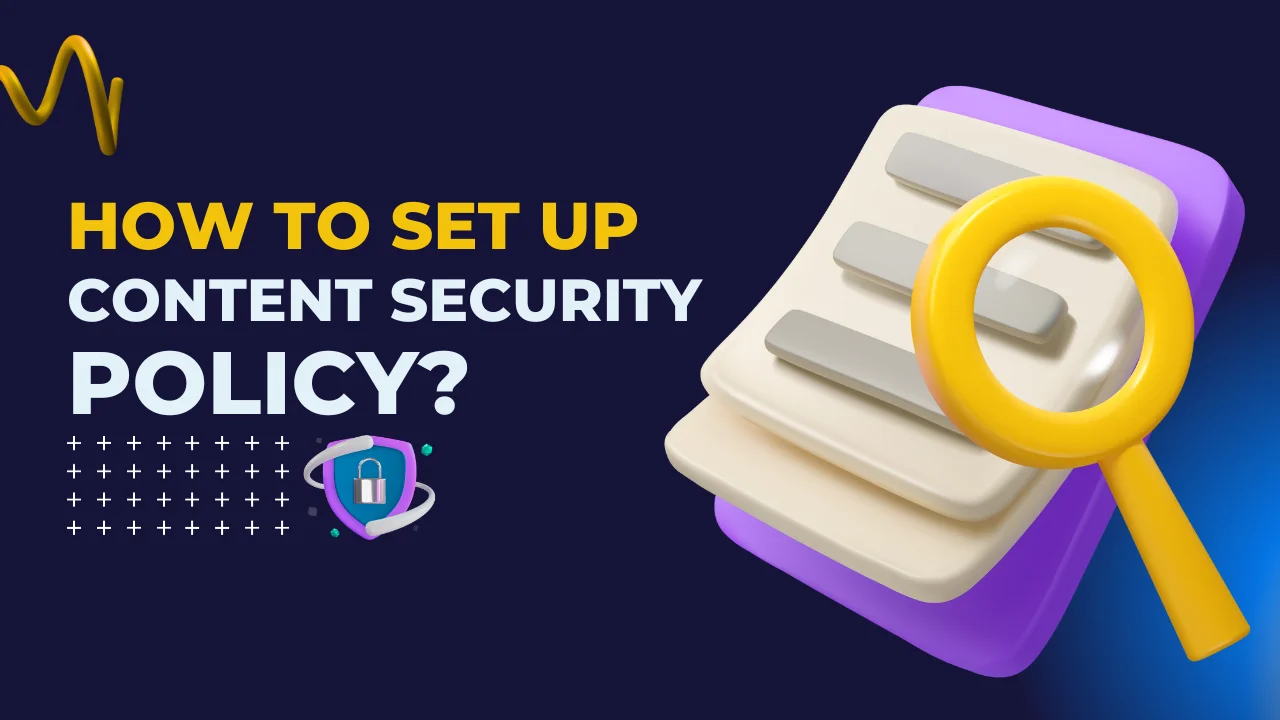Ever wondered how your go-to websites stay safe from online troublemakers? Well, let me introduce you to the superhero of web security – Content Security Policy or CSP. Think of CSP as your website’s bodyguard, standing tall against sneaky cyber attacks, especially the tricky Cross-Site Scripting (XSS). Simply put, CSP sets the rules for your site, deciding where it can grab scripts, styles, and images.
It’s like having a friendly but strict bouncer at the door, making sure only the good guys get in while keeping the troublemakers out. Stick with us as we dive into the world of CSP and see how it’s the secret recipe for a safer and more secure online experience!
Significance of CSP in Modern Web Security
Guarding Your Website Against Bad Stuff
So, Content Security Policy (CSP) is kind of like the superhero shield for your website. Specifically, it’s great at fending off those tricky Cross-Site Scripting (XSS) attacks. What it does is set up clear rules, deciding where your site is allowed to grab scripts, styles, and images. In simple terms, CSP acts as a watchful guardian, making sure only the good stuff gets in, and the potential troublemakers are kept out.
Your Website’s Silent Superhero
Let’s think of CSP as the behind-the-scenes superhero for your website. It quietly works to create a safe and secure online space. How? By laying down the law and sticking to it. CSP doesn’t just set rules and forget about it; it’s a continuous protector. Think of it as the unsung hero making sure your digital turf remains a secure and reliable spot for all your users.
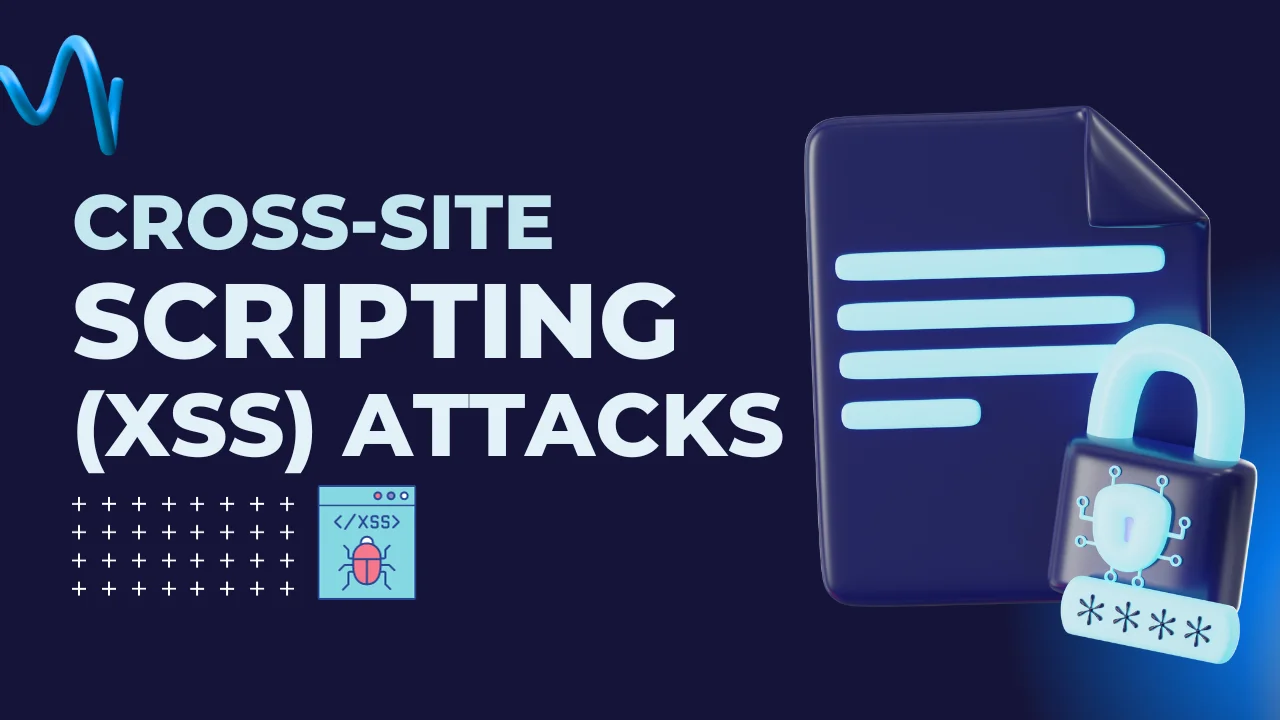
Growing Threats of Cross-Site Scripting (XSS) Attacks
Think of XSS like a sneaky trick where bad actors inject harmful code into websites you visit, trying to cause trouble like stealing your info. Now, imagine CSP as your online superhero. It’s like a virtual bouncer that only lets trusted stuff into the website, keeping the bad things out. So, when we talk about the increasing risk of XSS attacks, CSP is the digital bodyguard that keeps our online spaces safe.
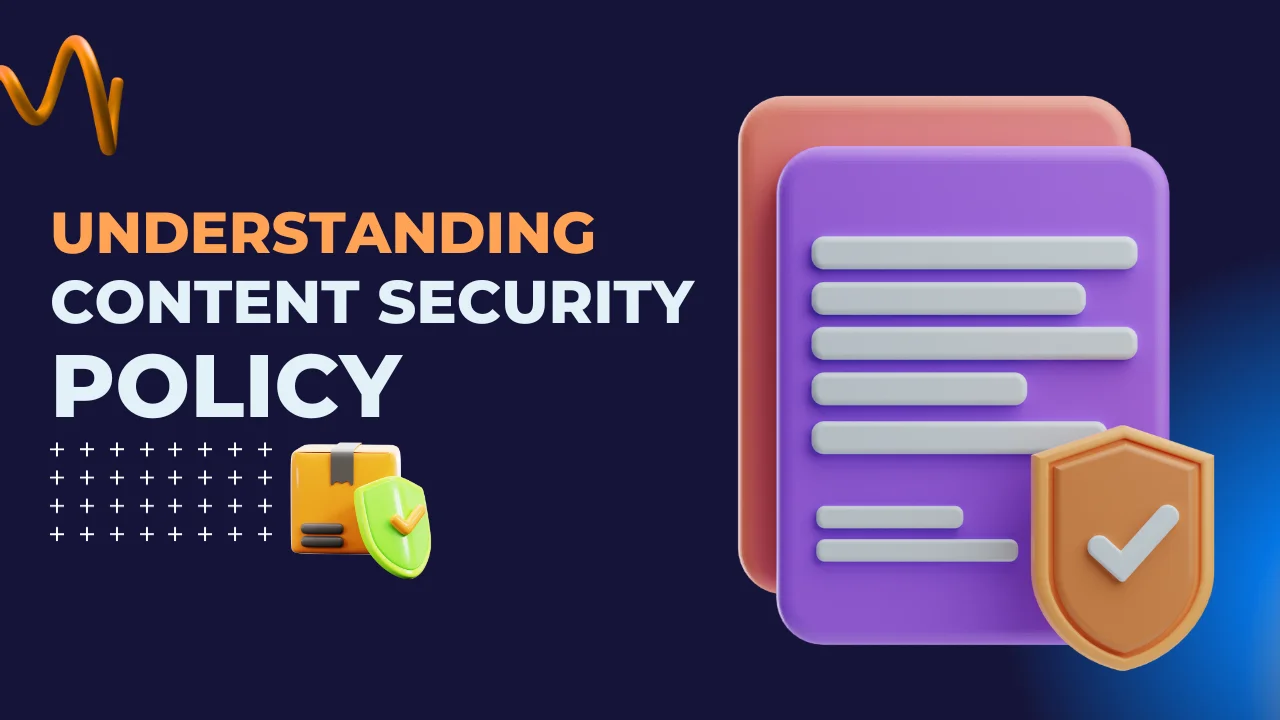
Understanding Content Security Policy (CSP):
1) Source Whitelisting:
- Principle: CSP works like a strict gatekeeper, allowing only scripts, styles, and content from trusted sources to load on a website.
- Details: By defining a whitelist of approved sources, CSP ensures that only content from these trusted places is executed. It’s like saying, “Hey, only scripts from these websites are allowed to run here.
2) Nonce-Based Script Execution:
- Principle: CSP introduces a “nonce” (number used once) to scripts, ensuring that only scripts with the correct nonce are executed.
- Details: It’s a bit like a secret handshake. If a script doesn’t have the right nonce, CSP won’t let it play. This prevents attackers from injecting harmful scripts, as they won’t have the correct nonce.
3) Blocking Inline Scripts:
- Principle: CSP discourages the use of inline scripts within HTML by default.
- Details: Inline scripts are those written directly within HTML tags. CSP nudges developers away from using these, promoting external script files or safer alternatives. This reduces the risk of XSS attacks, where attackers often try to inject malicious code directly into the webpage.
4) Content-Type Enforcement:
- Principle: CSP checks that the received content matches its declared Content-Type.
- Details: This principle ensures that what your website receives is what it expects. If a script claims to be a certain type, CSP verifies it. If it doesn’t match, CSP won’t execute it. This prevents attackers from pretending their malicious scripts are harmless.
5) Reporting Mechanism:
- Principle: CSP provides a reporting mechanism for violations, allowing developers to monitor and fine-tune their policies.
- Details: If a script is blocked due to CSP rules, the browser can send a report back to the server. Developers can use these reports to understand what’s being blocked, adjust policies accordingly, and ensure their website works smoothly.
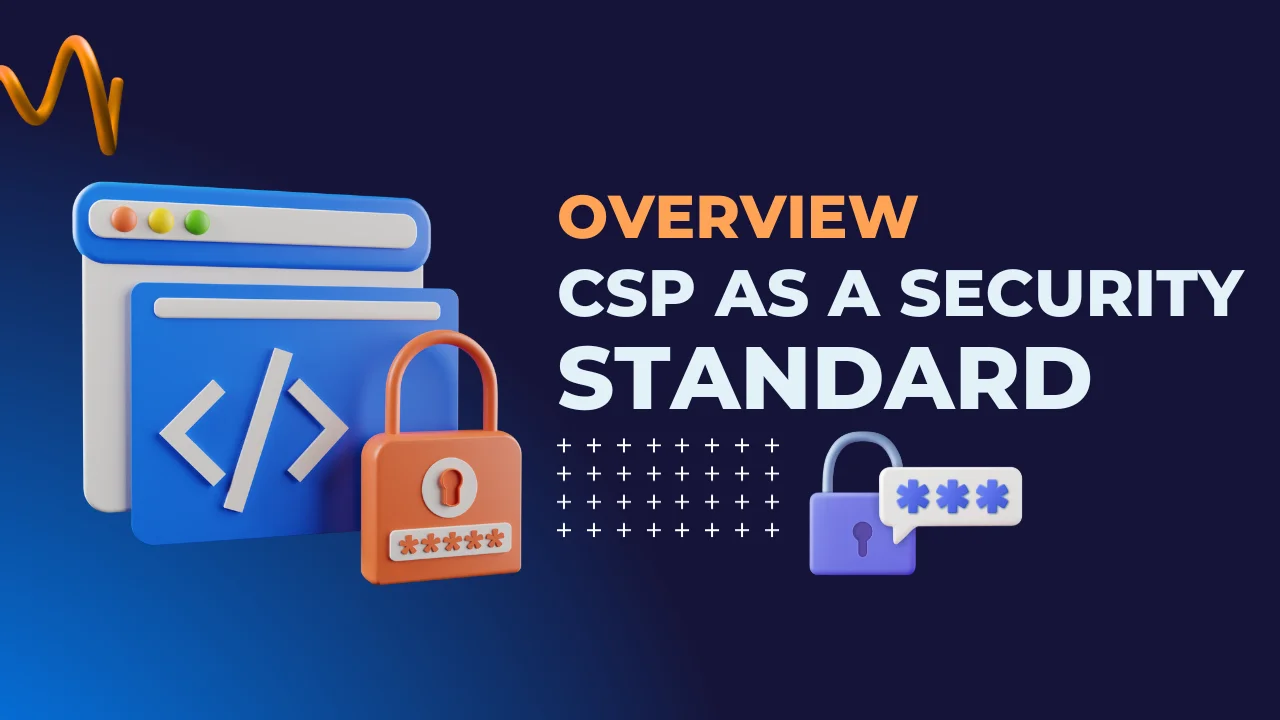
Overview of CSP as a Security Standard
Content Security Policy (CSP) is like a superhero for your website, shielding it from cyber threats. Imagine it as your site’s personal bouncer, following strict rules about where it allows scripts and styles to come from. With the rise of cyber villains injecting malicious code (XSS attacks), CSP steps up as a digital guard. You get to tell your website to only trust specific sources, making sure it doesn’t entertain any mischief.
This proactive defense not only stops potential attacks but also makes your online space more secure for users. In the vast internet world, CSP is your trusty digital guardian, creating a safe boundary for your website.
Read Also – Depth Examination of Artificial Intelligence
Key Directives and Their Functions
A) Default-SRC - Your Website's Home Base:
- Easy Explanation: Think of Default-SRC as your website’s home base. It decides where your site can grab content, like images and scripts, by default. You get to set the trusted sources, making sure everything starts from a safe place.
B) SCRIPT-SRC - The Script Watcher:
- Easy Explanation: SCRIPT-SRC is like a script watcher. It controls where your site can pull in scripts from. You get to decide which places are trustworthy. It’s your way of saying, “Only scripts from these spots are allowed.
C) STYLE-SRC - Managing Your Site's Fashion:
- Easy Explanation: STYLE-SRC is your site’s fashion manager. It decides where your stylesheets (the things making your site look good) can come from. You set the sources, making sure your site stays stylish and safe.
D) Other Essential Directives - Fine-Tuning Security:
- Easy Explanation: These are like additional security settings. They help you fine-tune where different types of content can come from, giving you control over your website’s safety features beyond just scripts and styles.
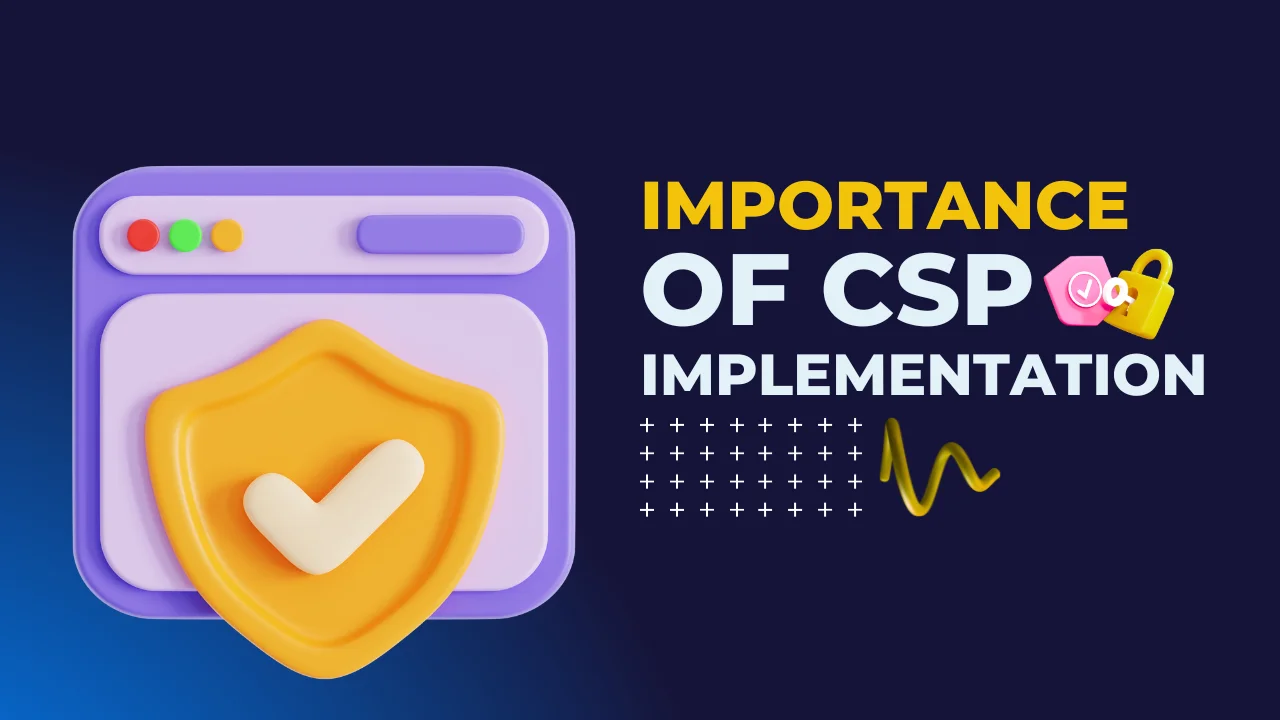
The Importance of CSP Implementation
(A) How CSP Mitigates XSS Attacks
CSP is your website’s superhero against sneaky cyber attacks, especially the notorious Cross-Site Scripting (XSS). Imagine you have a guardian that says, “Only scripts from these trusted places can run here.” So, when cyber villains try to inject harmful scripts, CSP steps up, blocking them like a digital shield.
(B) The Relationship Between CSP and Browser Security
Think of CSP as a pact between your website and your users’ browsers. It tells the browser, “Hey, only load content from these approved places.” This handshake ensures that even if a user’s browser gets a harmful script, CSP steps in, saying, “Nope, we don’t trust that source,” and stops it from running.
(C) Real-World Examples of Successful CSP Implementations:
Picture major websites like banks or social media giants. They use CSP as their cyber bodyguard. By defining strict rules on where scripts can come from, they prevent cyber attacks and keep user data safe. It’s like having a digital security detail that works behind the scenes to ensure a secure online experience.
Step-by-Step Guide to Setting Up CSP
1) Determining Essential Domains and Sources
When you’re getting your website ready with Content Security Policy (CSP), think about the vital things it needs. Identify the main places and services your website can’t work without. This includes your website’s home (www.vineforce.net), reliable external tools (like APIs), and important services that make your website awesome for users. It’s like making sure your website has its must-haves in place for a smooth and fantastic user experience.
2) Analyzing External Dependencies
After figuring out the main places your website needs, take a closer look at the external stuff it depends on. This could be things like payment tools, analytics trackers, or content delivery networks. Think of them as helpers your website brings in from the outside. By understanding how these external parts work, you’ll know exactly where your site gets its info beyond its main home. This close look is super important for creating a strong Content Security Policy that suits your website perfectly.
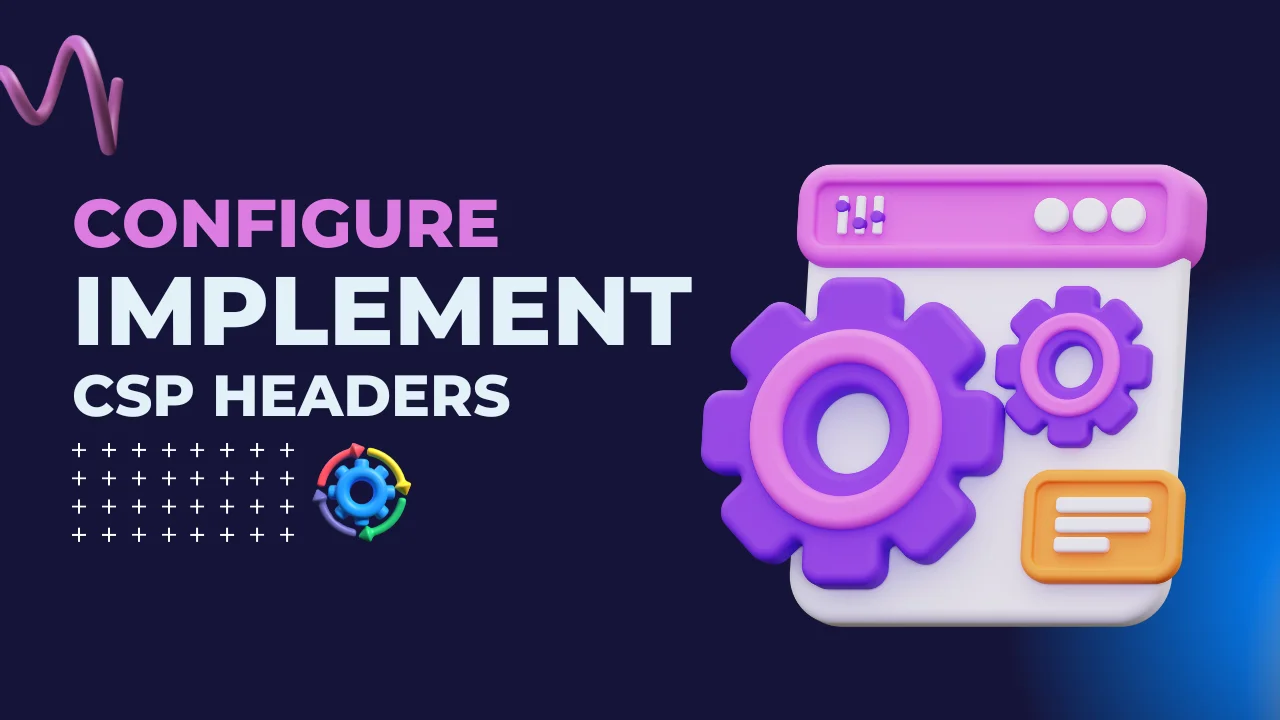
Configure and implement CSP headers
1) Defining CSP Headers in the HTTP Response
When implementing Content Security Policy (CSP), the first crucial step is to define CSP headers in the HTTP response. This involves providing clear instructions to your server on how to handle security. It’s like giving your website a set of rules to follow, specifying how it should interact with different types of content.
2) Crafting Policies Based on Identified Sources
So, after you’ve set up the basic security for your website with CSP headers, the next move is creating specific rules. These rules are like a detailed plan for your website. They precisely say where your website can get scripts, styles, and other stuff. It’s a bit like customizing a rulebook, making sure your website acts safely and only talks to sources you trust. It’s an extra layer of protection to keep everything running smoothly and securely.
Testing and Monitoring Your CSP
1) Utilizing Browser Developer Tools for CSP Inspection
When you want to check how well your Content Security Policy (CSP) is doing, it’s like putting on detective glasses for your website. Open up your browser’s toolbox and use the developer tools to see if your CSP rules are working as expected. It’s a bit like looking under the hood of your car to make sure everything is running smoothly.
2) Implementing Reporting Endpoints for Monitoring
Imagine your website as a helpful friend who gives you updates on what’s happening. With Content Security Policy (CSP), you can set up a system where your site reports back if it blocks something. This is like your website saying, “Hey, I stopped something suspicious from happening.” It helps you keep an eye on how well your security measures are working.
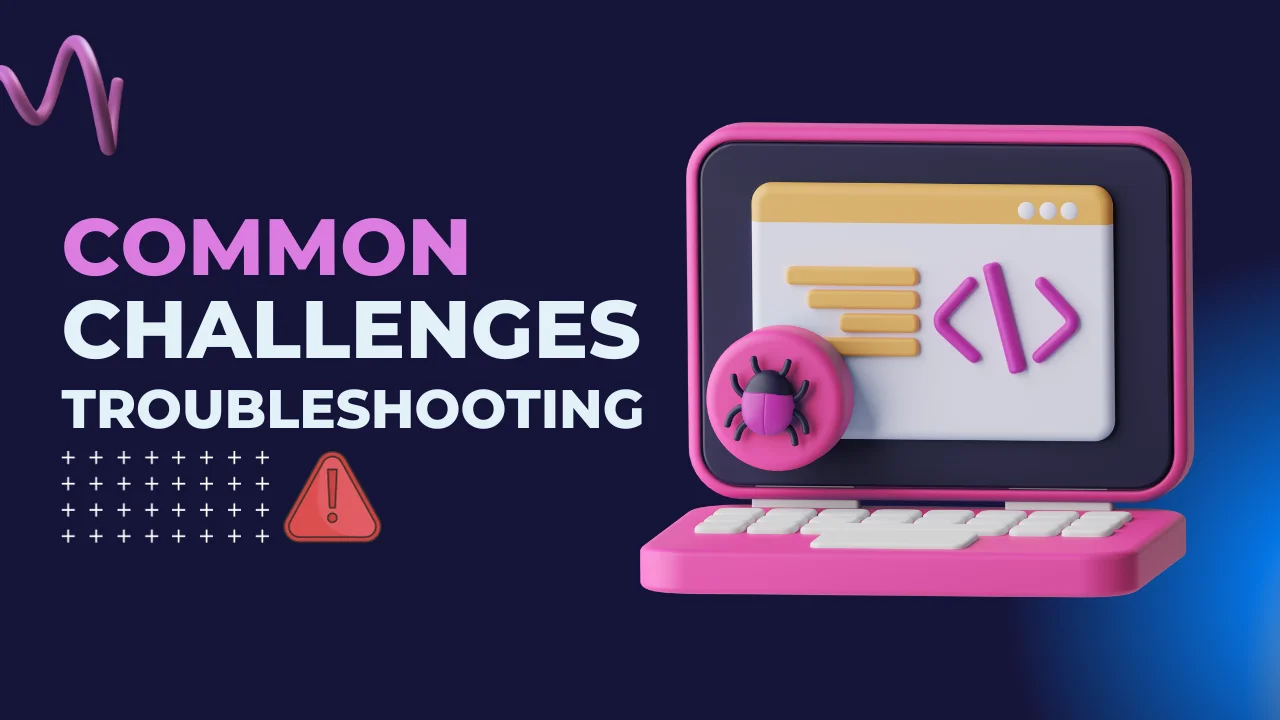
Common Challenges and Troubleshooting
Dealing with False Positives: Ever had a security system trigger an alarm for no real threat? That’s like a false positive. With Content Security Policy (CSP), you might encounter situations where it blocks something harmless. It’s crucial to handle these false alarms. Think of it as teaching your security guard to recognize friendly faces, ensuring your website doesn’t mistakenly block safe content.
Handling Compatibility Issues: Sometimes, your website might not play well with certain security rules. It’s like trying to fit a square peg into a round hole. When implementing Content Security Policy (CSP), you need to be aware of these compatibility issues. It’s akin to adjusting the settings so that your security measures work seamlessly without causing disruptions to your website’s functionality.
Read Also – ABP Commercial and abp.io Advantage
Handling Compatibility Issues
When you set up Content Security Policy (CSP), think of it like upgrading your website’s security system. However, sometimes, your website might not fully agree with these new security rules. It’s a bit like introducing a new gadget to your old computer—it might not work perfectly from the start. So, you’ll want to check for any issues and make sure your website plays nice with the new security measures. This involves tweaking things here and there to ensure a smooth transition without causing disruptions.
Strategies for Ensuring Compatibility with Existing Code
Now, let’s talk about strategies for ensuring your existing website code gets along well with CSP. It’s like making sure the new security guard understands the old routines. You might need to review your website’s code and adjust some parts so that it aligns with the security rules. It’s a bit like updating your team’s playbook to include new strategies. This way, your website stays secure, and all the existing features keep working as they should.

Challenges with Dynamically Generated Content
1) Dynamic Content:
Easy Explanation: Imagine your website as a busy kitchen. Sometimes, the chef (your website) cooks up things on the spot, like special dishes for each customer. This is dynamic content. With CSP, it can get tricky because you need to ensure that even these on-the-spot creations follow the safety rules.
2) Navigating Script Dependencies:
Easy Explanation: Think of your website as a library, and scripts are like books. Sometimes, your website needs to fetch new books (scripts) on the go. CSP can be a bit like a strict librarian, making sure only approved books come in. Navigating this can be a challenge when your site is dynamically pulling in scripts.
Best Practices for Adapting CSP in Dynamic Environments
Setting Clear Policies:
Easy Explanation: Setting clear policies is like giving your website a map. It tells it exactly where it’s allowed to fetch scripts, styles, and other content. It’s crucial, especially in a dynamic environment, to avoid any confusion.
Regularly Updating Policies:
Easy Explanation: Imagine your website’s policies as a set of rules. Just like you’d update your house rules as things change, you need to regularly update your website’s rules (policies) to adapt to any new content or scripts it might encounter. This ensures everything stays in order, even when the dynamic nature of your site tries to mix things up.
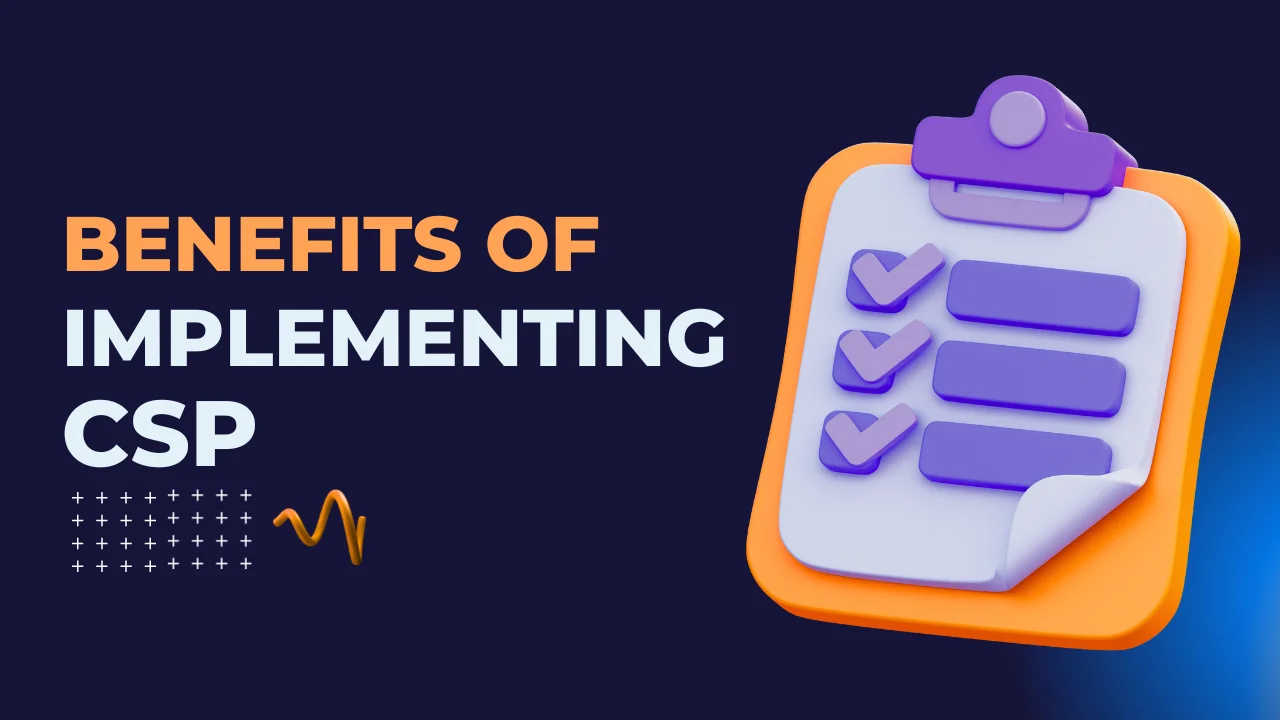
Benefits of Implementing CSP
Enhanced Security Measures:
Setting up Content Security Policy (CSP) is like adding a high-tech security system to your website. It helps in blocking sneaky cyber attacks, especially the ones where bad actors try to inject harmful scripts. Think of CSP as your digital security guard that sets strict rules, ensuring only trusted sources can interact with your website. It’s like having a watchful eye that keeps potential troublemakers out, making your website a safer place for users.
Ensuring User Trust and Confidence:
When people come to your website, they want it to be a safe and trustworthy space, just like walking into a store they know and love. Content Security Policy (CSP) is like your website’s security guard, making sure everything is in order. It follows specific safety rules, keeping potential risks at bay. This means users can explore your content without worry, knowing your website has gone the extra mile to keep their information safe. It’s like a friendly virtual handshake, letting users know that their safety matters most.
Boosting SEO and Performance:
Think of your website as a popular shop that people love to visit. Search engines, like helpful guides, really like websites that take security seriously. Content Security Policy (CSP) acts like an extra layer of security, making your site even more appealing to search engines. It’s like having a friendly sign that not only brings in more visitors but also grabs the attention of search engines like Google. This, in turn, improves how your website shows up in search results and overall helps it perform better.
Conclusion
In conclusion, implementing Content Security Policy (CSP) is akin to crafting a secure and delightful online experience for your website visitors. Think of it as following a recipe – you carefully identify the trusted sources, set up the necessary security headers, and ensure everything works seamlessly through testing.
But, much like tending to a garden, the work doesn’t end there. Keeping your website safe with CSP is an ongoing commitment. Regular reviews and updates are necessary to adapt to the ever-changing digital landscape, just like nurturing a garden to ensure it thrives. To fellow web developers and site owners, consider CSP a vital tool in your arsenal, a bit like putting on a seatbelt for a secure journey. Prioritize CSP not just for your website’s protection but to foster trust with your users. It’s that extra step towards a safer and more reliable online presence.

